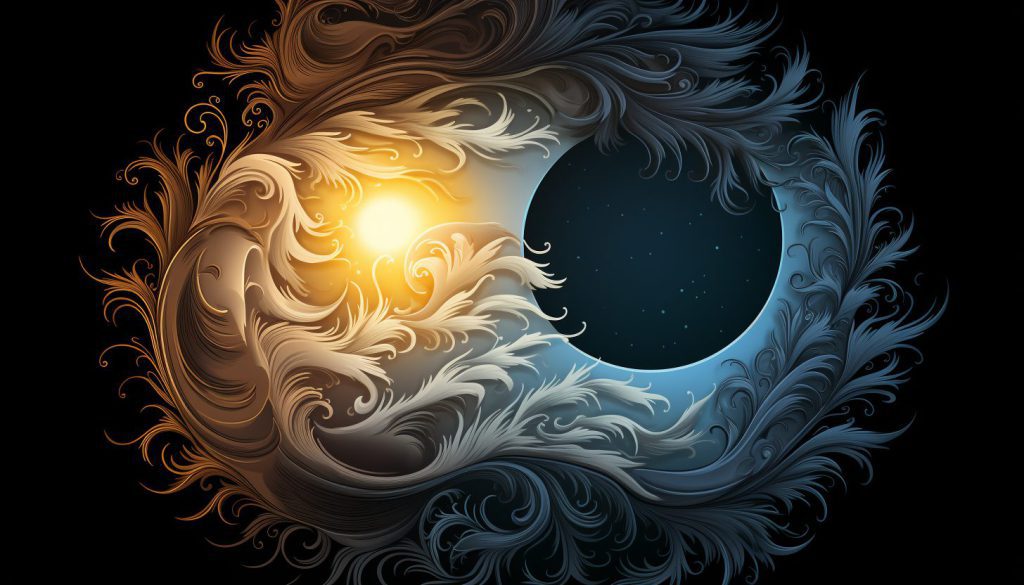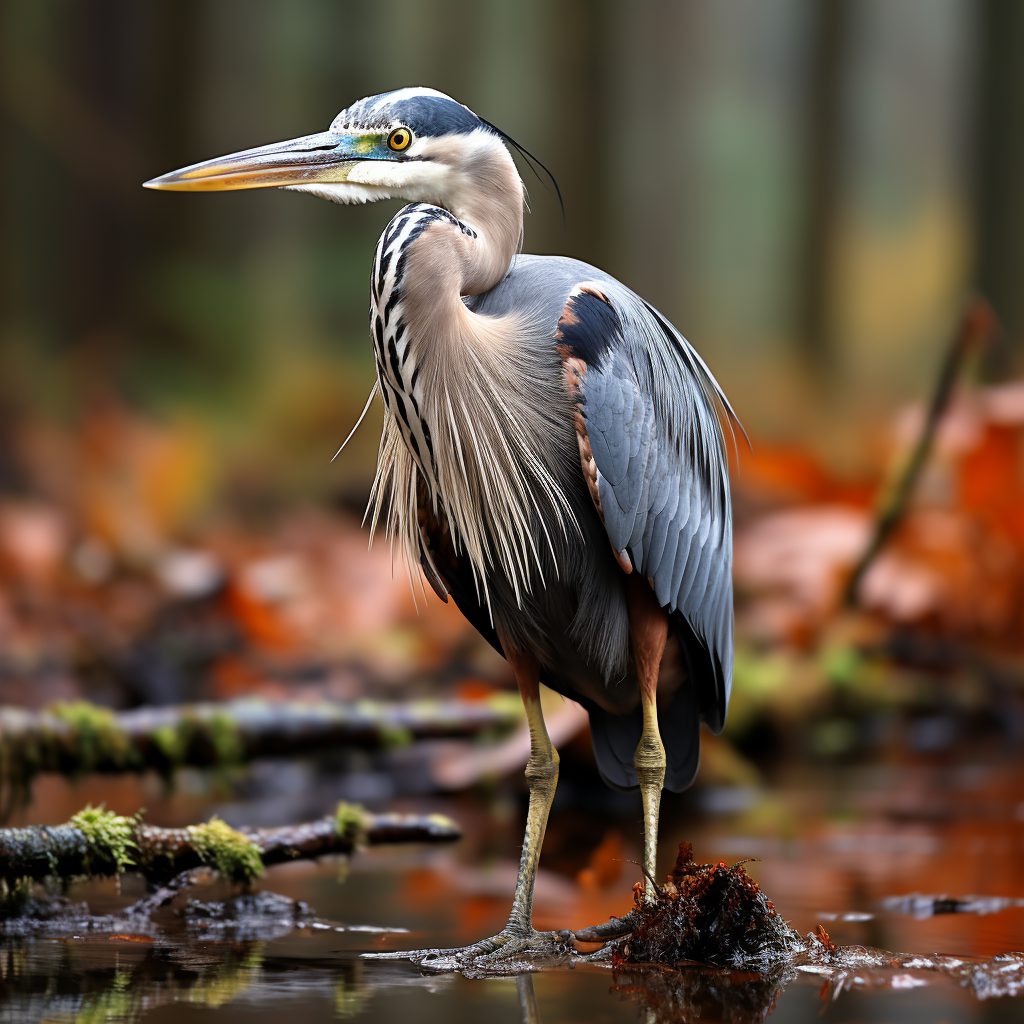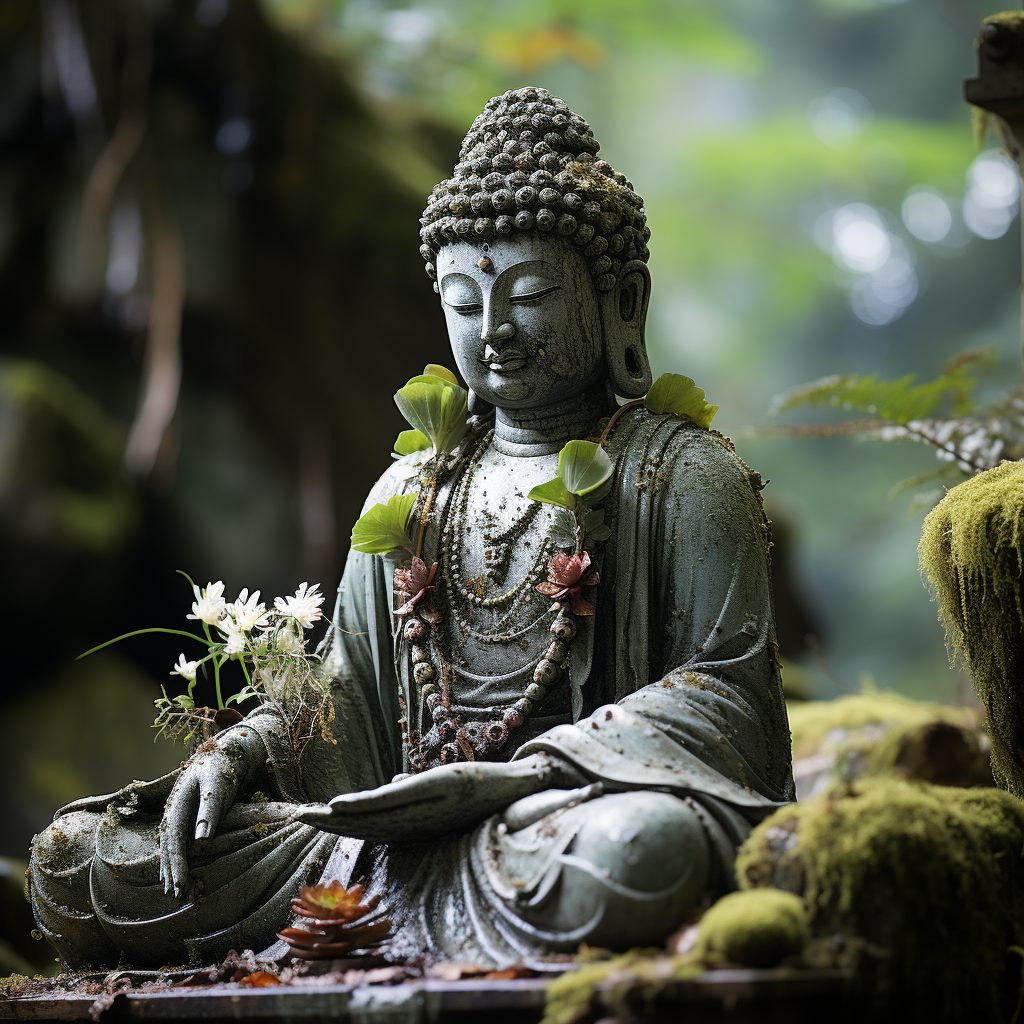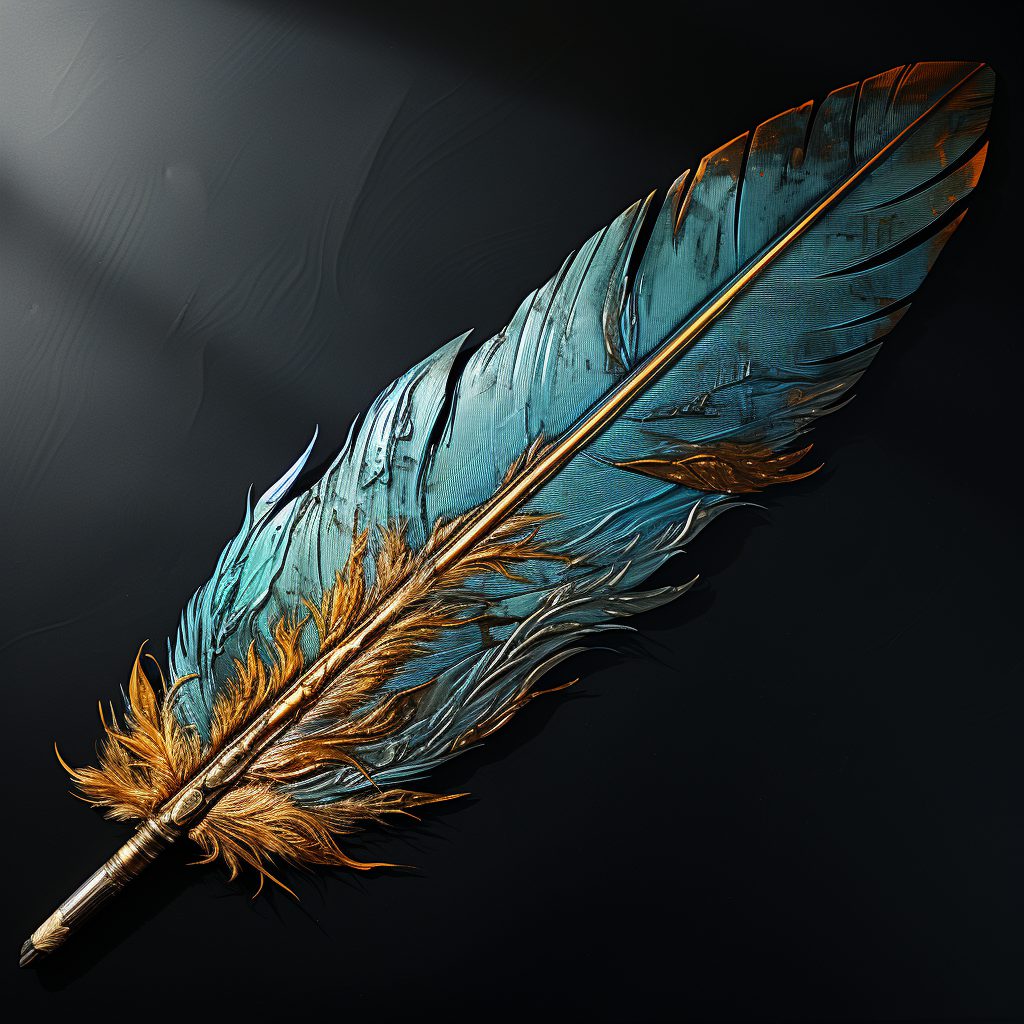“There are two sides of every coin.” The age-old saying deciphers the meaning of duality, a concept as old as human thought. Duality is the belief opposite exists in everything and those opposites are intrinsically woven with one another which brings about a balance in the universe.
Understanding Duality
Imagine a world where there is day and no night or joy without sorrow. Something feels incomplete here right? Well that something is missing. Duality teaches us that life is a series of paired opposites, and it’s this balance that makes our experiences whole. From ancient Chinese philosophy of Yin and Yang to modern debates of good versus evil, duality is a thread that weaves through the fabric of our existence.
The Universal Importance for Dual Symbols
Through cultures of the world, history proved that symbols had been used to represent this concept of duality. These symbols remind that there is an indivisible link between opposing forces. They are stories of harmony – we can only exist when the components on the other side also exist. Out of this dance of opposites, we learn unity, balance and cyclical patterns of being.
We shall now take a journey across the mazes of time and space of symbols that encapsulate stories within duality.
Ancient and Universal Dual Symbols
1. Yin and Yang: The Balance of Opposites
The Yin and Yang, often represented by a circle strategically divided into black and white semicircles, perhaps is the most recognized representative of duality. It illustrates interdependence between enigmatic conflicting forces derived from doctrines of ancient Chinese philosophy. While the black (Yin) symbolizes femininity, darkness, passiveness and is stilled, cold, and dense, the white (Yang) personifies masculinity, lightness; and activity and represents hotness. But in each half of Yin-Yang lies a dot of an opposite color symbolizing nothing is absolute. There’s a little Yin in Yang and Yang in Yin, and herein lie the beauty that it is not just black and white but shades of grey.
2. Sun and Moon: Day and Night, Light and Darkness
Ever marveled at the sun’s brilliance or the shimmer of the moon in the still of a night’s serenade? These celestial bodies do not only depict wonders of the universe but also epitomize duality. The sun, with its blazing glory, goes along the light, day and masculine energy. The moon is gentle and luminant, symbolizing the night, darkness and feminine energy. Together, at last – it creates harmonious cycle of the day and the night reminding about ebb and flow in life.
3. Ouroboros: The Life and Death Circle
Imagine a snake or dragon with his tail in his mouth. This is the Ouroboros, an ancient symbol which represents the stage of life involving death and rebirth. It powerfully reminds that endings lead to new beginnings and life is a maze of beginnings and endings never seen break free or end.
4. Vesica Piscis: The Intersection of Two Worlds
Two intersecting circles creating an almond shape in the middle – this sums up vesica piscis. The symbol is said to mean “bladder of the fish” in Latin, denoting the combining opposites and interconnection between spiritual and physical worlds. It’s a door between two worlds indicating creation, balance as well as birth of the universe.
Further delving into the realm of duality, we shall discover several other symbols and each with its own tale to weave about balance and harmony! Onward and outward!
Numerical and Geometric Representations
Alright, folks, let’s delve into the realm of numbers and shapes! When we think about symbols, we usually imagine intricate designs or familiar icons. But did you know that even something as simple as the numbers we use and geometric patterns could have contained deep symbolical meanings? And that too especially when duality is being spoken about numbers and shapes. So, here let’s try decoding some of these shall we?
5. The Number 2: The Essence of Duality
Let’s move on to the basics. It’s not just a number. Number 2 is probably one of those numbers that stand as representing duality in its real sense. Night and day, male and female, good and evil, and so many more are pairs found in the world. Number 2 may be one to encapsulating these countless pairs into one numeral.
It is to mildly echo that everything has its counterpart and the balance is keyword to this harmony.
6. Chakana (Inca Cross): The Andean Symbol of Duality
Ever heard of Chakana? It is an equal-armed cross, stepped semiotic of the cardinal points of the compass and a superimposed square in which this symbol holds great cultural meaning because of how it scientifically speaks to the relationship between the terrestrial and celestial world in Andean culture. It’s the bridge between the two, the one that processes the connections between everything.
Awesomeness, right?
7. Double Fish: Prosperity in Balance
Two fish swimming in opposite directions yet in harmony. This symbol is often associated with Pisces and represents prosperity, abundance, and the balance of opposing forces. It reminds us that even in the swirling of what appears as opposite currents in life there’s a way to seek balance and move forward with grace.
8. Sri Yantra: Union of Masculine and feminine
This one’s a visual treat! The Sri Yantra with its breeding triangles is symbolical of the divine union of the masculine and feminine cosmic.
It is a symbol of the spirit growing and merging with the universe, balancing the dual energy.
Next time you see this intricate design remember it’s not just art – it’s a story of harmony and balance.
9. Double Spiral: The Dance of Opposites
Picture two spirals, one swirling clockwise, the other counter-clockwise. These two combing spirals depict a dance of opposites – life and death, creation and destruction, journeys in and out. It’s a beautiful picture of energetic cycles as well as how they can balance in opposition.
10. Eiwaz Rune: Axis of Heaven and Earth
Last but not the least, there comes the Eiwaz Rune. It does come similar to an upward pointing arrow in its shape and it does express a common axis of heaven and earth.
It serves as that beacon of balance, that bridge between the spiritual and the physical worlds.
A reminder that we are all connected and that there is a flow between the seen and the unseen worlds.
And there you have it folks! From numbers to intricate designs, the concept of duality representing itself in many forms. Not to mention the universal importance of the balance and interweaving dance of opposites which shape our existence.
Two of Nature’s Dualistic Symbols
All right, prospective nature lovers and enthusiasts gather up! Nature, in all its awe-inspiring haughtiness, has most certainly held within its brilliant grasp dualistic symbols for quite some time.
From an animal kingdom to that of plants, nature provides some of the most beautiful and powerfully picturesque opposites that balance one another perfectly.
Embarking on a journey through the natural world, these interesting dual symbols will surely trip one up.
11. Magpie: The Bird of Joy and Sorrow
You know that phrase, “One for sorrow, two for joy?” That’s right – it refers to the magpie! These striking birds, with their contrasting black and white plumage, are often associated with both good and bad omens.
In many cultures, spotting a single magpie is considered unlucky, while seeing two is a sign of joy.
Applying the same perspective of interpretation, it is a perfect representation of duality of emotions – of their highs and lows, joys and sorrows that life comes with.
12. Gingko Tree: The Duality of Man and Woman
The Gingko tree has gained the nickname “living fossil” because of its ancient line of ancestry- truly a symbol of endurance and longevity. But it is also a dual utterance.
For Gingko trees are either male or female, and each one has its type of leaf.
This distinction symbolizes balance in nature between masculine and feminine energies, reminding us of the harmonious dance of opposing that exist all around.
 13. Zebra: The Stripes of Black and White
13. Zebra: The Stripes of Black and White
With their iconic black and white stripes, zebras are nature’s very own barcode! But there is more to those stunning stripes that tell a tale of balance.
The interplay of black and white represents light and darkness, the good and evil, and the yin and yang of life.
Visually reminds that life is full of b contrasts and it’s this balance that makes it beautiful.
14. Serpent – Healing and Harm at the Same Time
Ah, the serpent! Enigma reptiles whose honor, worship or fear have prevailed through time. Serpents incarnate a dual character of healing and harmful nature.
Of course think of the caduceus, the symbol of medicine with its intertwined snakes or the biblical serpent that tempts Eve.
But then again, it is this duality that reveals the power in it not just to cause harm but to heal reminding us of the dual nature of many aspects of life.
So, there you have it – a little peek into the world of nature and its many representations of duality. From the music of birds to the quiet strength of trees, nature has so much to teach us about balance, harmony, and how all things are connected to one another.
15. Bear: Strength and Solitude
To describe the noble bear, how do we put it? What is the first thing that comes to our mind when we think about a bear? A great beast with furious strength emanating of its chest causing it to shout out greatly? Or is it isolation inside a forest as a source of contemplation in life? That’s where lies the beauty of a bear – its strength and solitude. On one hand – raw power and dominance, on the other – introspection and freedom. Ever heard about bears hibernating?
It is their solitary time of reflection and renewal.
So the next time you see a bear (hopefully, from a good safe distance) think about that duality it represents — the balance it finds between strength and silence.
 16. Blue Heron: Grounded and Aspirational
16. Blue Heron: Grounded and Aspirational
Ah, the blue heron. This bird is something to behold, as it stands less statue-like, with its long legs, and graceful neck. But more than that, the blue heron is also symbolic of balance in maintaining a sense of groundedness even as one might aspire for more. With its feet firmly planted in the water and its eyes gazing upwards, this can be a living representation of the harmony between earth and sky.
It teaches us how important it is to keep our feet on the ground, without ever ceasing to aim high towards our dreams.
So when next you are seeing a blue heron, reflect upon your state of balance between groundedness and aspiration.
17. Fire and Water: The Elements of Creation and Destruction
Fire and water – two elements, each powerful on its own right but representing opposing forces. Fire, with a blazing heat, symbolizes passion, energy, creation. It’s the force that brings warmth, light, transformation. On the other hand, water symbolizes a cooling touch that represents calm, flow, and destruction.
It has the ability to quench, cleanse, and devastate.
Fire and water together, in their various forms, show how something can be created as well as destroyed, reminding us that life is cyclical, so balance must be found within these cycles.
Deities and Symbols
Sit closer, spiritual seekers and myth lovers! And now, to delve into the deities and spiritual symbols. From time immemorial, world cultures have worshipped figures and symbolic transmitters of dualism.These icons are representatives of the balance in the fabric of the universe and the dance of duality in harmony with each other.
Let’s take a journey together into the mystical and learn the stories behind these sacred symbols.
 18. Buddha: The Middle Path
18. Buddha: The Middle Path
Ever heard the saying, “Moderation in all things”? That’s a summary of what the Buddha scriptures teach. The Buddha, poised with the utmost ease and cool of his nature and profound wisdom taught the Middle Path—a way of life that doesn’t revert to any extreme nor does it leave the other unattended. The Middle Path is all about harmonizing the spiritual and the material—the inner and the outer.
Next time you’re feeling a little off-kilter, channel some Buddha vibes and seek that middle ground.
19. Janus: The God of Beginnings and Endings
A most intriguing figure is the two-faced Roman god known as Janus. He faces the past with one face and the future with the other, signifying both beginnings and endings. Think of him as the ultimate gatekeeper, watching transitions, choices and duality.
He reminds us of the fact that every ending is a new beginning and life just goes on changing endlessly – an unending cycle of change.
20. Hunab Ku: The Mayan God with Double Identity
Passing glances through the Mayan realm of mythology, we must be acquainted briefly with their supreme deity Hunab Ku.
Conceived of as a symbol with interlocking spirals, Hunab Ku represents the harmony of opposites—man and woman, light and dark, creation and destruction.
It’s its proof how deep was Mayans’ insight into the fact that everything were interconnected.
21. Shiva’s Eye Shell: Wreckage and Creation
Shiva’s Eye Shell displays a spiral pattern against the white background and portrays more than just an attractive seashell. In Hinduism, it told of the third eye of Lord Shiva – god who both destroyed and created.
This shell is a symbol of the cyclical nature of life in where repletion paves way for new beginning.
It’s an emblem of enlightenment, transformation, and the eternal cycle of creation followed by dissolution.
22. Satkona: Star of David and Symbol of Harmony
A hexagram symbolizing the union of the divine and the earthly with the Satkona, quite often associated with a hexagonal shaped Star of David—the harmonious balance between opposing forces—male and female, fire and water, heaven and earth.
It consists two equilateral triangles.
It denotes unity, harmoniousness, as well as how everything exists and works together.
 23. Eagle Feather: Earthly and Spiritual Realms
23. Eagle Feather: Earthly and Spiritual Realms
Flying at great heights in the sky, the eagle represents freedom and spiritual ascent. Its feather respected in many cultures bridging realms of earthly and spiritual life.
It’s a memoire of honor, respect above all a divine connection that exists strongly bond.
The eagle feather reminds us of our dual existence-grounded on earth and at the same time connected to the vast cosmos.
From the serenading sermons of Buddha to the flying eagle high up in the sky, the concept of duality in life has been well captured. These deities and spiritual symbols were fabricated as guides who embody this duality and remind human beings from time to time that the constant equilibrium is always maintained by the universe.
Symbols and Everyday Artifacts
Alright guys, let’s bring it back down to earth! We’ve explored the realms of nature, spirituality, and mythology, but duality is also a running theme in everyday life.
From ordinary things to symbols we often meet, dance of opposites rules.
Let’s see some of such well-known symbols and find out what lies deeper beneath.
24. Balances: Traditional Scales of Justice
Picture this – old fashioned scales – perfectly balanced. It’s the universal symbol for justice, right?
But get a little philosophical and it can also represent balance in everything.
The scales are clear metaphors for the importance of fairness, balance, and harmony whether weighing evidence in a courtroom or balancing equanimity in our lives.
25. The Thread (Red Thread): Connection and Destiny
Ever heard of the legend of the red thread? It’s said that ‘An invisible red thread connects those destined to meet, regardless of time, place or circumstances. The thread may stretch or tangle but will never break’.
It symbolizes the life beyond fate and destiny and the amazing bonds that cling us to its veils.
Beautifully, it makes us recall the fact of interweaving within each other in the grand tapestry of existence.
26. The Cross: Earthly and Divine
The cross, as a world renown symbol, is in every possible manner an intersection between the divine and the worldly.
In Christianity, it is a symbol of sacrifice, love, and redemption.
But on a larger scale, it is a reminder of the duality of our existence – living in this material world while at the same time being in touch and connected with something greater, something divine.
27. Door: Entrance and Exit, Beginnings and Endings
Doors. We pass through them daily but have you ever thought of what they represent? A door may symbolize an entrance, yet at the same time, it is an exit, a new beginning and surely it also signifies endings. It’s a portal to other worlds, possibilities, and adventures.
But it can also mean closure, endings and goodbyes.
It is the ultimate symbol to represent transitions in life and that of the cyclical nature nestled within our journey.
Conclusion
And there you have it – a whirlwind tour of duality from the vast cosmos to very doors we may walk through.
To embrace duality is to recognize the balance of everything, the yin and yang of life. It’s knowing that light and dark, joy and sorrow, beginnings and endings all have a place in the grand scheme of things.
So next time you stumble upon a symbol of duality, pause for thought, embrace and celebrate the balance it represents.
Thank you for joining me on this journey of duality. Life throws symbols, stories, lessons at us all the time. Embrace them, learn from them, and always seek balance. Until next time, keep dancing the dance of opposites!


 13. Zebra: The Stripes of Black and White
13. Zebra: The Stripes of Black and White 16. Blue Heron: Grounded and Aspirational
16. Blue Heron: Grounded and Aspirational 18. Buddha: The Middle Path
18. Buddha: The Middle Path 23. Eagle Feather: Earthly and Spiritual Realms
23. Eagle Feather: Earthly and Spiritual Realms